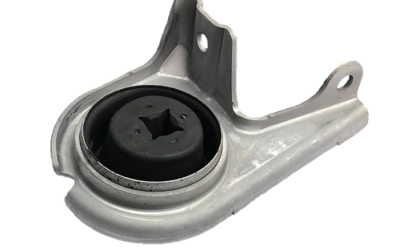The importance of efficient ducting in HVAC systems cannot be emphasized. Among the various types of ducting, insulated metal alternatives stand out due to their unique benefits. This type of ducting is intended to increase energy efficiency, reduce noise, and maintain appropriate indoor air quality. As more homeowners and businesses value sustainability and energy conservation, it is vital to understand the benefits of insulated metal solutions.
The Advantages of Insulated Metal HVAC Ductwork
One of the primary advantages of insulated metal HVAC ducting is the potential to reduce energy loss. Traditional duct systems can cause significant heat gain or loss, particularly when moving from conditioned to unconditioned environments. Insulated ductwork, on the other hand, aids in maintaining the desired temperature of the air flowing through the ducts. Insulated metal ductwork helps reduce energy bills and improve indoor comfort by eliminating thermal bridging and lowering the amount of energy required to heat or cool a space. Another colossal advantage is reduced noise transmission. Metal ductwork can increase noises caused by airflow and mechanical equipment, which can be disruptive in residential or commercial settings. The insulation around the metal ducts functions as a sound barrier, reducing noise and creating a quieter environment. It is especially significant in settings where noise control is critical, such as businesses, schools, and hospitals. Insulated metal ducting also contributes significantly to better indoor air quality. Insulation prevents condensation on the duct surface, lowering the risk of mold and mildew formation.
Choosing the Right Insulated Metal Ductwork
There are numerous factors to consider when selecting insulated metal HVAC ducting to ensure optimal performance. First, the insulating material should have a high R-value, which indicates the material’s resistance to heat flow. Higher R-values imply better insulation capabilities, which improve energy efficiency. The thickness of the insulation is another crucial consideration. Thicker insulation generally improves thermal performance, but it might increase the overall weight and size of the ducting. As a result, balancing insulation thickness with the unique needs of the building and HVAC system is critical. Proper airflow design reduces curves and transitions, which can impede air circulation and impair system efficiency. Many manufacturers now provide ducting solutions that use recycled materials or are engineered to be easily disassembled and recycled at the end of their life cycle. Insulated metal HVAC ductwork is a vital component of modern HVAC systems, providing several benefits such as increased energy efficiency, less noise, and improved indoor air quality. As more people and businesses seek sustainable solutions, the need for energy-efficient duct systems is expected to increase. Property owners can help to create a more pleasant and ecologically friendly future by making informed decisions about duct design and material selection. Understanding the benefits and considerations of high-performance ducting allows you to make more informed HVAC installation and maintenance decisions. As duct technology advances, staying up to date on the newest technologies and best practices can ensure that HVAC systems perform optimally and last longer.


